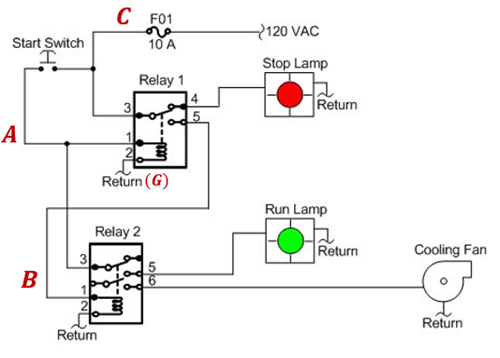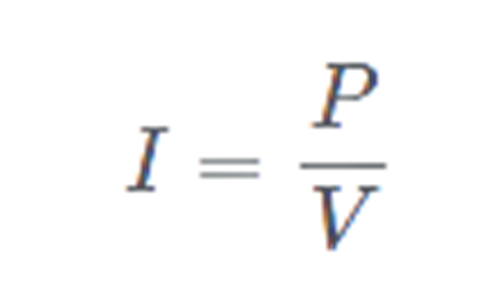Welcome to the Ramsay Electrical Free Sample Test!
This test contains samples of all 8 sections featured on the actual test:
- Motors
- Digital and Analog Electronics
- Schematics, Print Reading, and Control Circuits
- Basic AC/DC Theory and Electrical Maintenance
- Computers/PLC and Test Instruments
- Power Supplies
- Power Distribution and Construction/Installation
- Mechanical and Hand/Power Tools
Questions & Answers
The real Ramsay Electrical Test is timed and scored. However, you can choose to answer our sample test at your leisure if you'd like, to give yourself a general idea of your own preparedness. Alternatively, you can simulate the conditions of the real exam by setting a timer and checking your score when you finish.
If you'd like to see more sample tests, read about our Ramsay Electrical PrepPack, or our other Ramsay products.
Passing score: 80%
Time: 10:00 minutes
Good luck!
Question #1
The ladder shown below represents a/an _________ gate.

Question #2
What is the binary value of the hexadecimal number 0xA2?
Question #3
Use the following diagram to answer the question below:
Where should a voltmeter be connected to when checking the fuse only?

Question #4
A full-wave rectifier is subjected to a 50 Hz AC voltage. What is the frequency of the output voltage?
Question #5
Use the following PLC program to answer the question below:
Identify the statement which is NOT true for this program:

Practice Makes Perfect!
The Ramsay Electrical Test can seem like a daunting task, but we've got you covered with detailed explanations that go deep into the theory of all eight topics featured on the exam, as well as accurate mock tests that look like the real thing, and expert tips and advice from our team of specialists.
Question #6
In a 110V electrical system, there are three appliances: appliance A (550W) appliance B (770W) and appliance C (330W). Given that all appliances operate simultaneously, what is the minimal required fuse rating?
Question #7
Which tap contains a smaller number of threads at the chamfer region of the tap?
Question #8
Which electronic device you will select to switch on and off a load containing a higher magnitude of current?
Question #9
Use the following diagram to answer the question below:
With all conveyors running, what happens if OL1 opens?

Question #10
Interchanging two of three terminals in a motor will cause it to:
Ace you Ramsay Electrical Test!
Our PrepPack offers:
- Accurate test simulations
- Practice Questions on all eight test topics
- Detailed and clear solutions and explanations











